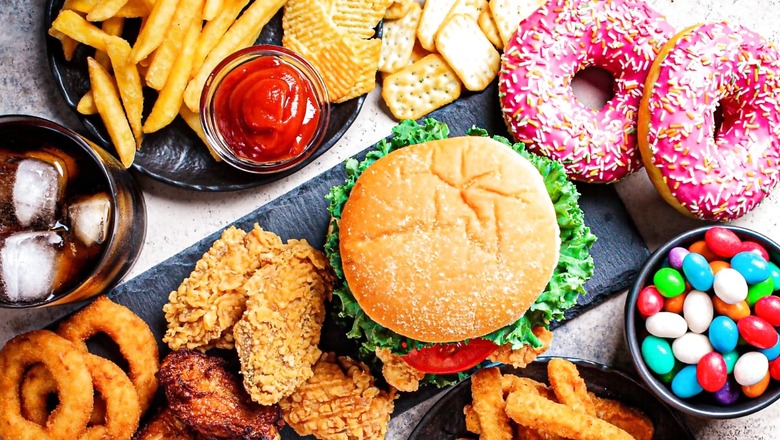
views
Prime Minister Narendra Modi spoke about the importance of children eating nutritious food in his Mann Ki Baat address in 2020. Since then, the Food Safety and Standards Authority of India (FSSAI) and other think tanks have been working on finalising a draft proposal on the star rating system to identify High Fat, Sugar and Salt Foods (HFSS) as ultra-processed foods.
In a recent survey conducted by LocalCircles, 77% respondents were in favour of ultra-processed foods being identified with a Red label at the front of the pack.
During the Covid-19 pandemic, many consumers took to online platforms and apps to order groceries. Many of these customers do not see the product packaging clearly and have acess to only thumbnail size image. When asked whether ecommerce sites should also identify these products with a red label, 86% consumers agreed. While 7% said there should be no marking, 5% gave no clear response.
The use of the ecommerce apps and the quick grocery apps is high amongst teenagers and youth, therefore, it is important to make them aware of ultra-processed foods to migrate towards healthier alternatives.
Overall, effective labelling is important considering the number of people – both children and adults – who consume ultra-processed food, most of which contain high amount of sugar or salt and bad fat ingredients. This intake has proved to result in an increase in non-communicable disease (NCDs) like obesity as well as diabetes and heart disease.
Nearly 5.8 million people in India die from NCDs every year out of total deaths of about 9 million. According to the World Obesity Federation, over 27 million children in India may suffer from obesity by 2030. One of the solutions to address this fast-growing problem is introducing regulations that will help consumers make informed choices when they are planning to consume ultra-processed foods.
The survey received over 19,000 responses from consumers located in 285 districts of India. 64% respondents were men while 36% respondents were women. 43% respondents were from tier 1, 31% from tier 2 and 26% respondents were from tier 3, 4 and rural districts.
Read all the Latest India News here




















Comments
0 comment